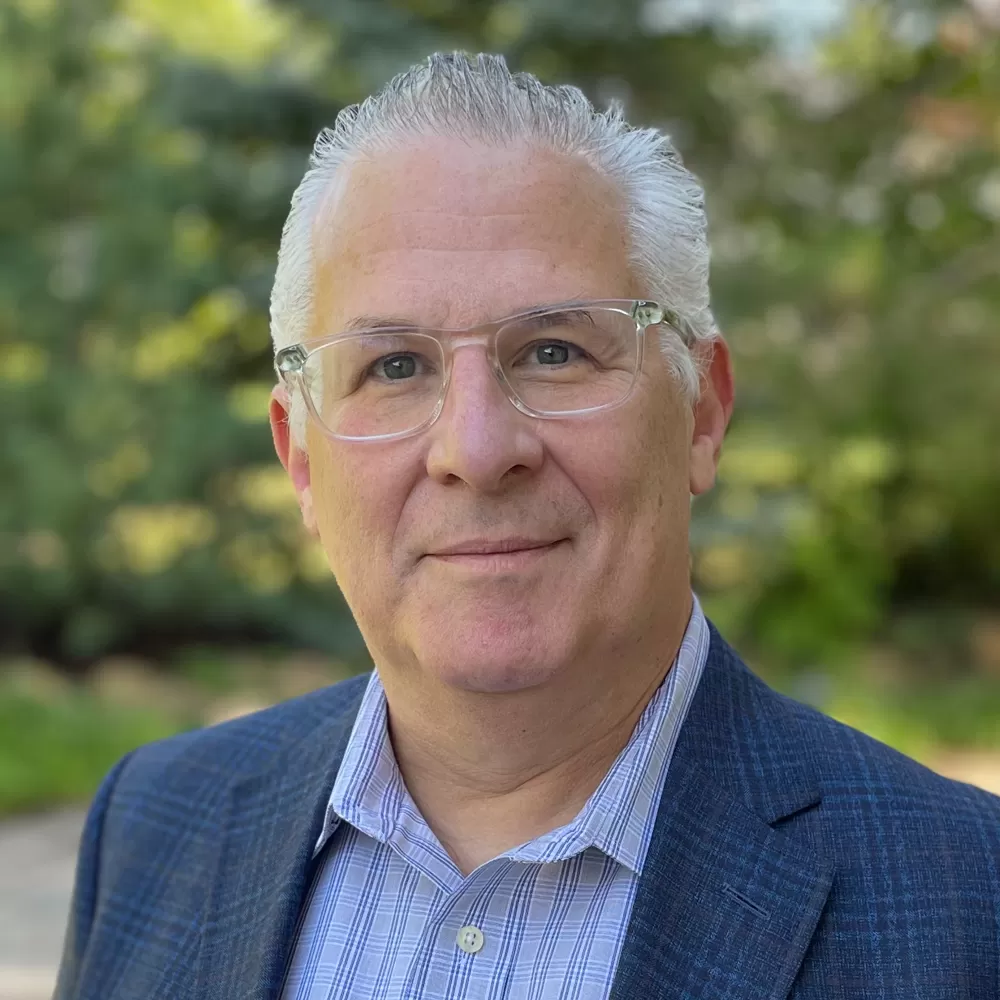
Hospital & Healthcare Management – The Evolving Autism Landscape and UNIFI’s Whole-Child Approach
A Fellow of the American Academy of Pediatrics. Dr. Steven Merahn attended the Albert Einstein College of Medicine in the Bronx and finished his pediatric training at the Bronx Municipal Hospital Center at Montefiore Medical Center. Besides being an expert on autism, he is currently serving as the advisor to UNIFI Autism Care.
Hospital & Healthcare Management recently caught up with him and had a very detailed discussion on autism and all things that exist in its spectrum.
We’re really keen to know about the existing autism diagnosis in the US.
Dr. Merahn: So you know, the American Psychiatric Association has a set of criteria that is published in something called the Diagnostic and Statistical Manual. It’s currently the 5th version of that manual over the years. The diagnostic criteria for autism have changed.
With the last version of the DSM 5, they took a number of diagnoses that were peripheral or related to the autism diagnosis and combined them all together into a single diagnosis that they called autism spectrum disorder. And they did this because they realized there are so many characteristics of other conditions. Pervasive developmental disorder, what was called Asperger’s syndrome, was all part of this overall syndrome. The phenotype, the way it expresses itself in the world, is very variable. and there is a tremendous spectrum that is grounded in a set of diagnostic criteria. Those criteria include three things. Number one. It has to present and begin in childhood. That’s a foundational element. Other core criteria include persistent deficits in social communication relationships and interactions, other is restrictive or repetitive patterns of behavior, interests, or activities. Now, again, this is extremely variable. It could be as simple as “I love trains,” or at the other end, it could be very disruptive patterns of self-injury. So again, the spectrum of that particular behavioral criteria is very wide.
However, over the years, it’s been very clear that there are other conditions associated with autistic individuals that seem to be common patterns of reoccurrence, and those are variously called co-occurring conditions. Now, they’re not part of the autism diagnosis. But, once someone is diagnosed with autism, these conditions are extremely common. In that population, there are seizures, sleep disorders, sensory deficits, gastrointestinal conditions, metabolic problems, hormone problems, as well as various kinds of peripheral or related mental health conditions like attention deficit disorder. Again, those are not part of the diagnostic criteria, but they are part of what we would now continue to call the autism spectrum. What I’m hoping to get into is some of the latest evidence in the genomic realm that actually supports the idea that autism is far more than just a neuropsychological condition. There’s not just an autistic brain, but there’s an autistic person.
The more we can look at the autistic person as an entity, the more we can realize that, in many ways, autism is not necessarily a disability. But there are autism-related disabilities because of this spectrum, due to the diversity of what autism can be in a population. And one of the things that we’re doing really differently at UNIFI is instead of just treating the diagnosis-related symptoms of behavior – the behavioral stuff, the neuropsychological side – we’re also looking at how some of these co-occurring conditions can actually benefit from behavioral intervention. It’s been well established that most health outcomes really are dependent on behavior and environment. And only 10% to 20% are responsive to medical care. So, we want to expand our view of the support we can provide the autistic community by not just focusing on the diagnosis but focusing on the whole person.
Continue ReadingSimilar Articles

WRTV – Dr. Hartley Provides Back to School Tips for Families with Autistic Children
Kids are swapping their pool towels for backpacks — it’s back to school in central Indiana. For students with autism, this time of year can be a stressful time. Back to...

MedCity News – Centering Cultural Sensitivity in Applied Behavior Analysis
Families of autistic children from underrepresented communities often face the dual challenge of navigating their child’s diagnosis while feeling overlooked by healthcare and therapy systems. How can ABA adapt...